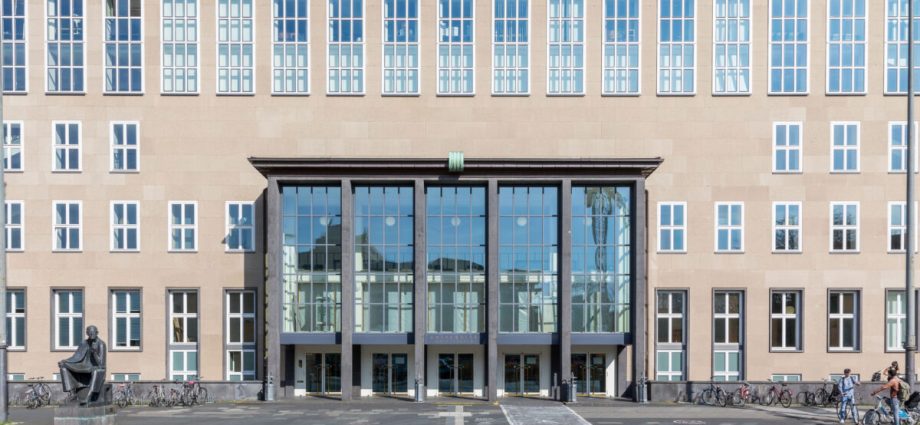The statue of Ganesha, the elephant-headed Hindu deity, arrived in a 20-year old crate, possibly never having been taken out of the box.
Stencilled letters at the top of the box spelled out the name LATCHFORD. Torn shipping and storage labels on the wooden exterior told the story of its decades-long trajectory, at one point on loan to Berlin’s Indian Museum of Art and eventually sold to U.S. billionaire Jim Clark, the founder of Netscape.
The four-ton 10th century statue, believed to have been looted from the Angkorian Bat Temple at Koh Ker in 2003, was one of 17 Cambodian relics returned to the country from the U.S. on 10 March.
Among the historical artefacts were a 7th or 8th century sandstone statue of the sun god Surya and a bronze bell from the 1st century B.C. Many of these pieces were stolen from the country and linked to the art dealer Douglas Latchford, who was indicted for trafficking looted Cambodian artefacts in 2019 and died the next year.






This new batch of returns was made up of some pieces that came from private collectors, including Clark, who voluntarily parted with the artefacts. The Denver Art Museum gave up four of the pieces in 2021 when the U.S. Department of Justice sought the forfeiture of the relics. The returns come as Western museums and art collectors face increasing pressure to give back foreign antiquities to their home countries.
“Finally, our gods come back to our home country, this is our ancestors, our spirit,” said Hab Touch, secretary of state of the Ministry of Culture and Fine Arts. “We consider all sculptures not only sculpture, not only stone, not only bronze, but our gods, our ancestors.”


The shipment from New York City landed after dark on a cargo plane at Phnom Penh International Airport. The crates were unpacked at the National Museum the following day.
A crowd of government officials and a few lucky museum guests cheered as the crate containing the Ganesha statue was finally pried open. Ros Sarou, head of protocol with the Ministry of Culture and Fine Arts, marvelled at the massive size of Ganesha, standing over two metres tall and nearly two metres across.
She prayed at the base of the statue and made an offering with a bowl of water, noting that the god was probably thirsty after a long time packed away in the container. She was excited to see the artefacts back in Cambodia, which had been looted beginning in the 1970s when the country was under control of the Khmer Rouge.


“Now we have peace in the country and that’s why we can collect all these back, it’s time for them to return home,” she said.
Researchers will now be able to excavate locations where the statues were possibly looted from and further understand where these pieces originated, said Bradley J. Gordon, an attorney representing the Cambodian Ministry of Culture and Fine Arts. As the head of the investigative team he worked to negotiate the return of the relics. With recent publicity about the returns, he hopes more collectors will be encouraged to part with Cambodia’s treasures.
“I hope a lot of people stay up late at night worrying about this and call us the next day and say hey, we’ve got another ten to return,” he said.


Photos by Anton L. Delgado for Southeast Asia Globe.


